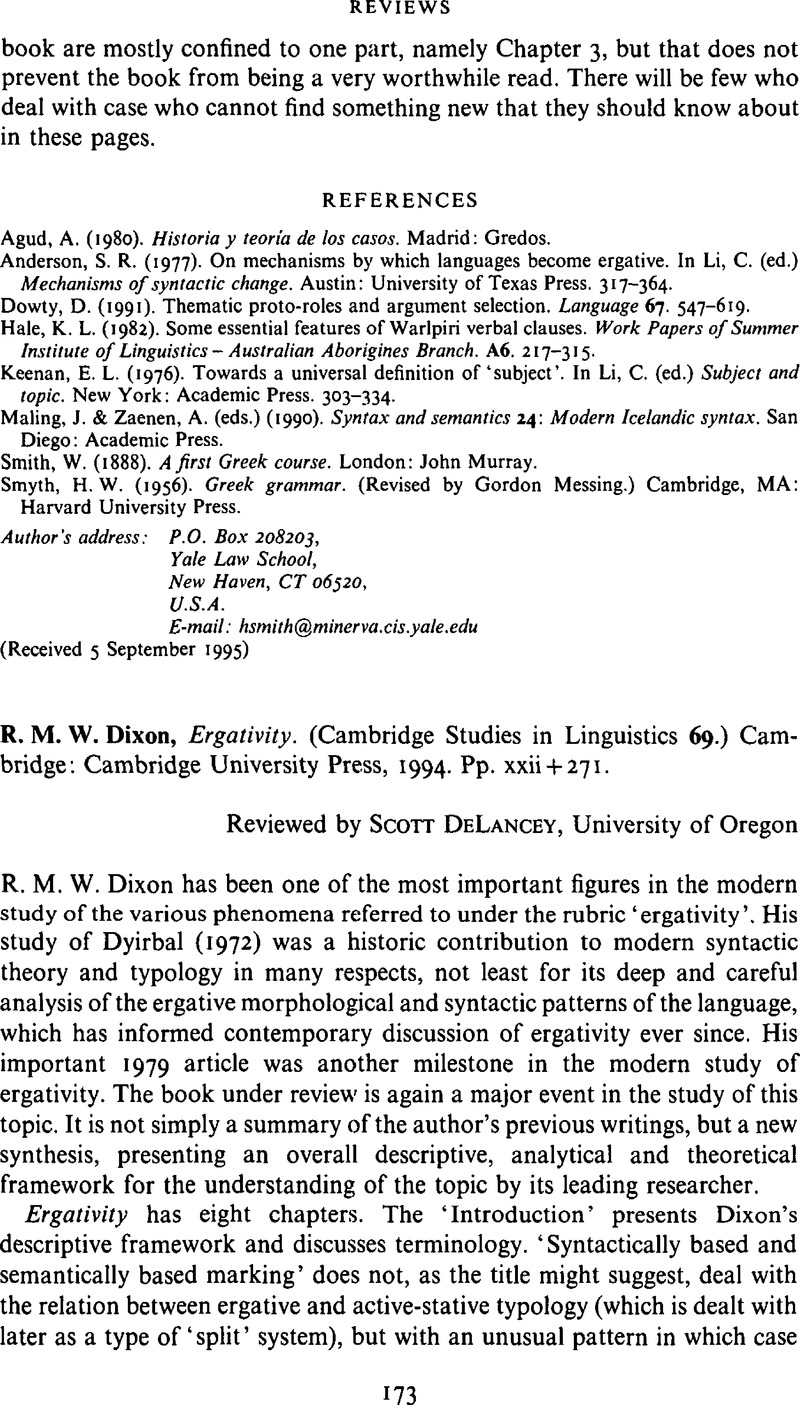Crossref Citations
This article has been cited by the following publications. This list is generated based on data provided by Crossref.
Messineo, Cristina
2012.
La Marcación Verbal Activa / Inactiva en Toba (Guaycurú) y sus Motivaciones.
LIAMES: Línguas Indígenas Americanas,
Vol. 2,
Issue. 1,
p.
49.
Coon, Jessica
Mateo Pedro, Pedro
and
Preminger, Omer
2014.
The role of case in A-bar extraction asymmetries.
Linguistic Variation,
Vol. 14,
Issue. 2,
p.
179.
Keine, Stefan
Nisar, Trupti
and
Bhatt, Rajesh
2014.
Complete and defective agreement in Kutchi.
Linguistic Variation,
Vol. 14,
Issue. 2,
p.
243.





